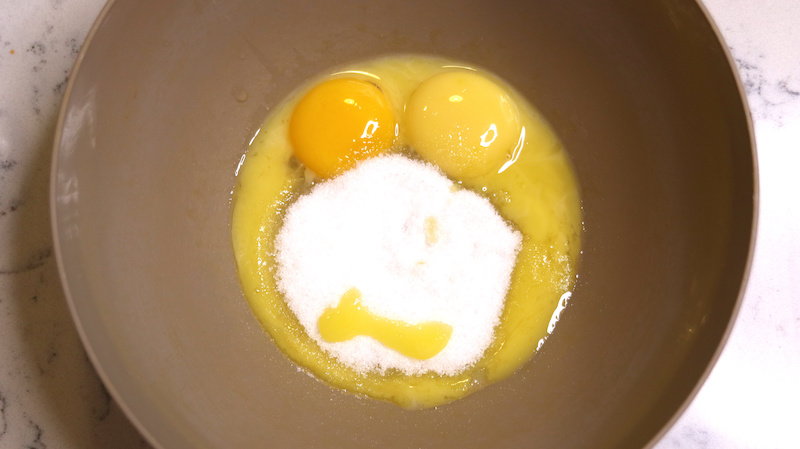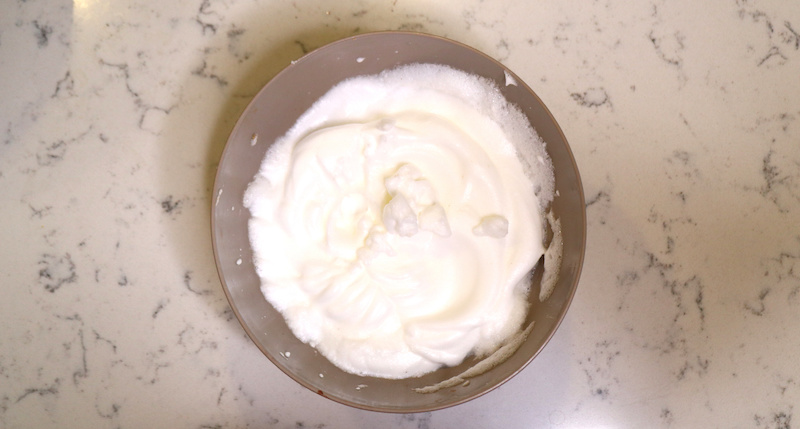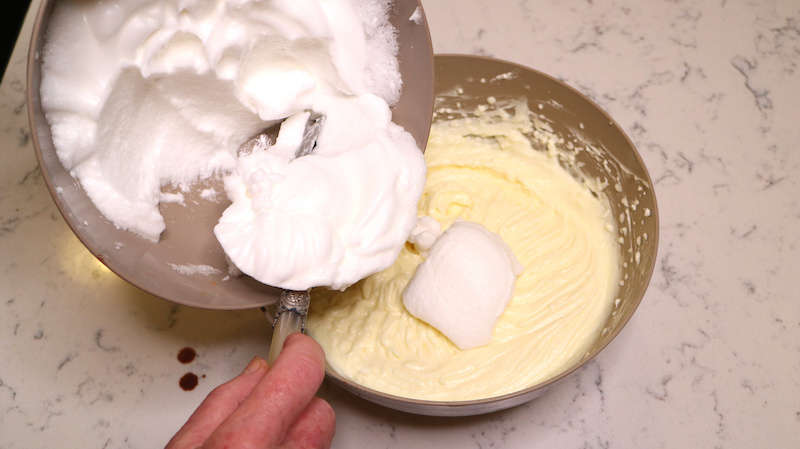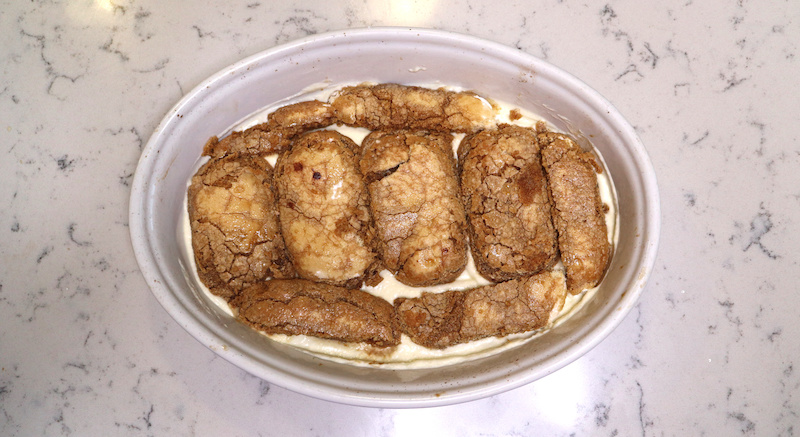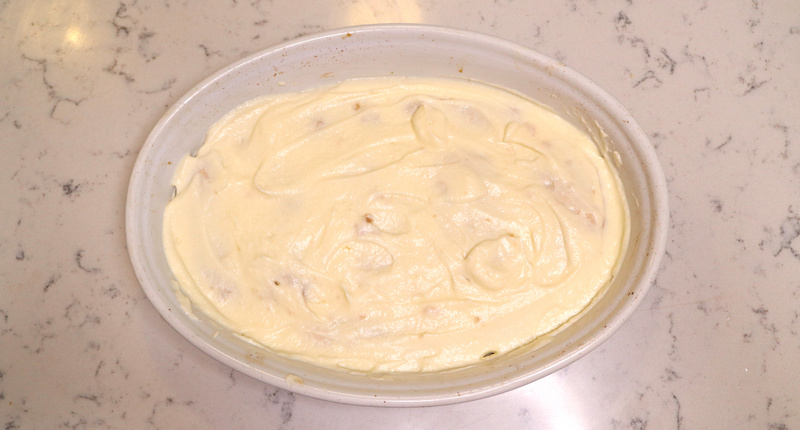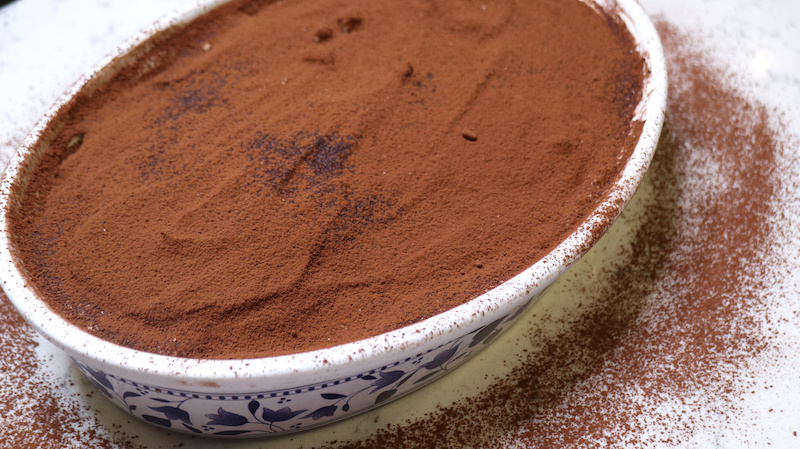Italy boasts an extremely significant and renowned pastry culture, and one of the most famous desserts is undoubtedly tiramisù.
L’Italia vanta una cultura dolciaria estremamente rilevante e celebre, e uno dei dessert più rinomati è senza dubbio il tiramisù.
Tiramisù ranks as the fifth most recognised term in Italian cuisine worldwide. The etymology of this word traces back to the Treviso dialect, situated in the northeastern part of Italy. This delightful dessert appears to have originated in Veneto, specifically in Treviso. Naturally, like many Italian recipes, there are also alternative versions regarding the origin of tiramisù; for instance, Tuscany and Piedmont claim a connection to this dessert, but the most widely accepted version places its origin in Treviso.
Il tiramisù rappresenta addirittura la quinta parola della cucina italiana più riconosciuta a livello mondiale. L’etimologia di questa parola affonda le radici nel dialetto trevigiano, situato nella zona nord-est dell’Italia. Questo delizioso dolce sembra, infatti, originarsi nel Veneto, precisamente a Treviso. Naturalmente, come molte ricette italiane, esistono anche altre versioni riguardo all’origine del tiramisù; ad esempio, la Toscana e il Piemonte vantano una storia legata a questo dolce, ma quella maggiormente accreditata lo colloca a Treviso.
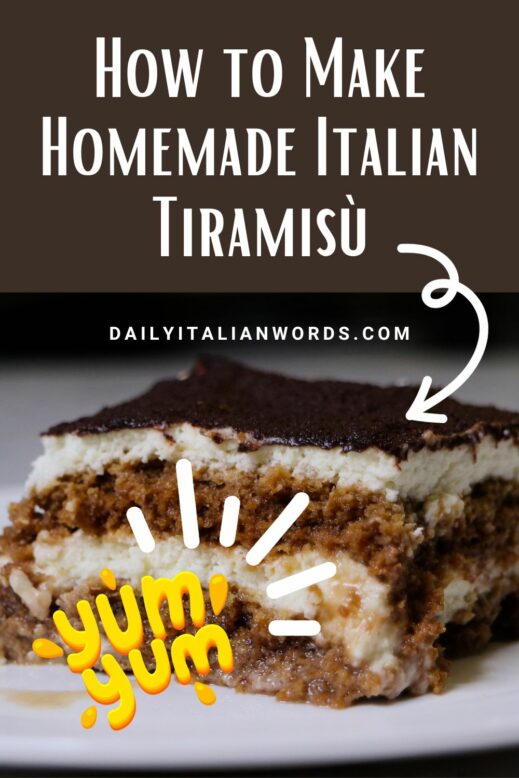
Le origini del tiramisù
A local oral tradition tells us that this delightful dessert is said to have been created by a clever “maîtresse” of a house of pleasure in the historic heart of Treviso, between the late eighteenth century and the early nineteenth century. The lady is believed to have conceived this invigorating dessert to offer it to her clients at the end of the evenings, with the intention of restoring their energy.
Una tradizione verbale locale ci tramanda che questo delizioso dolce sarebbe stato ideato da una geniale “maîtresse” di una casa di piacere nel cuore storico di Treviso, tra la fine del Settecento e l’inizio dell’Ottocento. La signora avrebbe concepito questo rinvigorente dolce per offrirlo ai suoi clienti al termine delle serate, con l’intento di ridonare loro energia.
In support of this fascinating legend, we find the rich and calorific composition of tiramisù’s ingredients: eggs, sugar, savoiardi (distinctive soft biscuits), mascarpone, coffee, and cocoa.
A supporto di questa affascinante leggenda, troviamo la composizione ricca e calorica degli ingredienti del tiramisù: uova, zucchero, savoiardi (particolari biscotti morbidi), mascarpone, caffè e cacao.
The recipe and its straightforward preparation validate this narrative. The expertise of a high-class chef is not necessary to make this dessert; anyone can do it without the need for special tools.
La ricetta e la sua semplice preparazione confermano questa narrazione. Non è richiesta l’abilità di un cuoco di alta classe per realizzare questo dolce; chiunque può farlo senza l’ausilio di strumenti particolari.
Throughout the centuries, a veil of secrecy has shrouded the true origin of tiramisù, as it does not make an appearance in books until the second half of the twentieth century.
Nel corso dei secoli, un velo di segretezza ha celato la vera origine del tiramisù, poiché non compare nei libri fino alla seconda metà del Novecento.
Irrespective of the legend, the recipe stems from a blend of egg yolk beaten with sugar, commonly employed by peasant families in Treviso as a restorative. To this mixture, mascarpone, coffee, cocoa, and biscuits were subsequently added.
A prescindere dalla leggenda, la ricetta deriva da un composto di tuorlo d’uovo sbattuto con zucchero, utilizzato comunemente dalle famiglie contadine trevigiane come ricostituente. A questo mix sono stati poi aggiunti mascarpone, caffè, cacao e biscotti.
History tells us that tiramisù was prepared in homes well before 1950 for almost immediate consumption, given the absence of refrigerators, and that it was known only in the province of Treviso.
La storia ci narra che il tiramisù fosse preparato nelle case ben prima del 1950 per un consumo quasi immediato, data la mancanza di frigoriferi, e che fosse conosciuto solo nella provincia di Treviso.
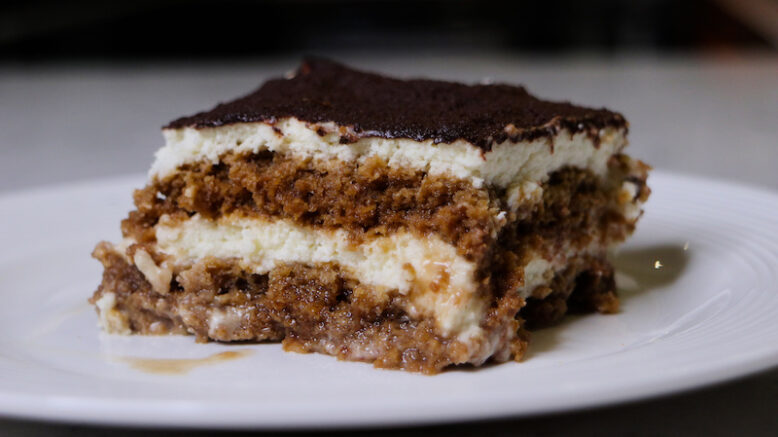
Measurements and Ingredients / Dosi ed Ingredienti
- 4 eggs
4 uova
- 550g of mascarpone
550 gr di mascarpone
- 6/8 tablespoons of sugar (3 in the egg yolks and 3/4 in the egg whites)
6/8 cucchiai di zucchero (3 nei tuorli e 3/4 negli albumi)
- 300 grams of Savoiardi-type biscuits
300 gr biscotti tipo savoiardi
- 8 small cups of cold coffee, sweetened to taste or bitter if preferred, bitter cocoa
8 tazzine di caffè freddo, zuccherato a piacere ma anche amaro se si preferisce
cacao amaro
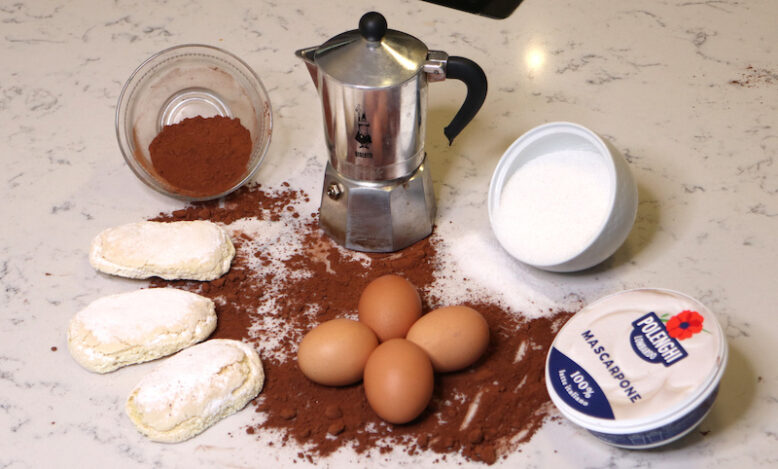
Method / Esecuzione
- Separate the egg yolks from the egg whites and place the egg whites in the refrigerator.
Separa i tuorli dagli albumi e metti gli albumi in frigorifero.
- Beat the egg yolks with half the amount of sugar.
Monta i tuorli con metà dose di zucchero.
- Add the mascarpone little by little and set aside.
Aggiungi il mascarpone poco alla volta e metti da parte.
- Whip the egg whites, gradually adding the remaining sugar, until you achieve a stiff peak consistency.
Monta gli albumi, versando lo zucchero restante poco alla volta, fino a ottenere una consistenza di neve ben ferma.
- Add the whipped egg whites little by little to the mixture of egg yolks and mascarpone cream.
Aggiungi gli albumi montati poco alla volta alla crema di tuorli e mascarpone.
- Pour a bit of the cream into a baking dish (approximately 30×20 cm).
Distribuisci un po’ di crema in una pirofila (circa 30×20 cm).
- Quickly dip the biscuits in cold coffee on both sides and place them on the first layer of cream.
Bagna rapidamente i biscotti nel caffè freddo da entrambi i lati e sistemali sul primo strato di crema.
- Cover this first layer of biscuits with more cream and form a second layer of biscuits.
Copri questo primo strato di biscotti con altra crema e forma un secondo strato di biscotti.
- Cover with the remaining cream and dust with bitter cocoa.
Copri con la crema rimanente e spolvera con cacao amaro.
- Allow it to firm up in the refrigerator for a few hours (approximately 3-4).
Lascia rassodare in frigorifero per alcune ore (circa 3-4).
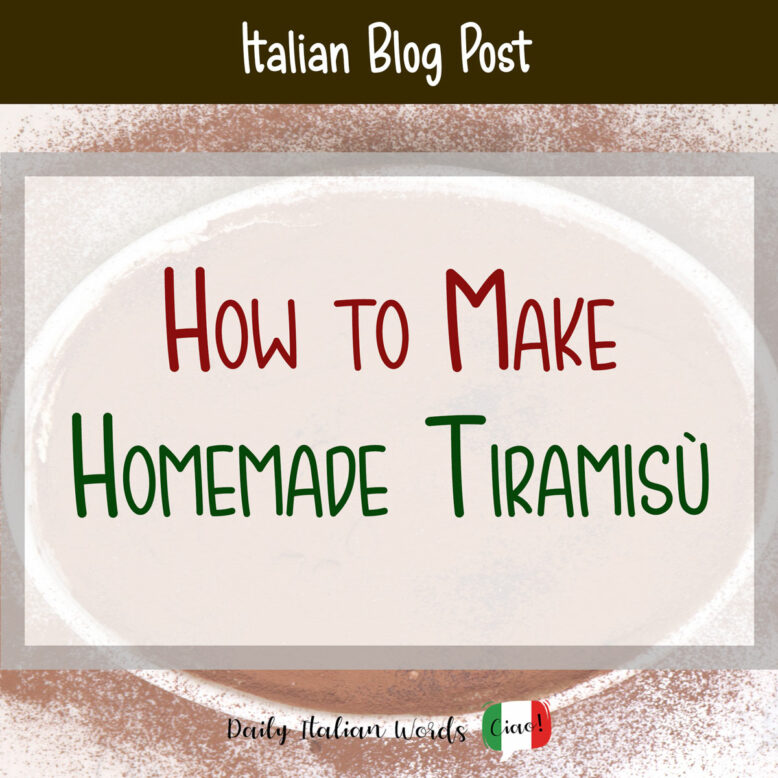
Allegra Lucarelli, known professionally as allegraLu, is a certified Neurolanguage Coach for child bilingualism and a native Italian speaker who speaks English fluently. She helps families raise their children to be bilingual and multilingual at AllegraLu.com.

